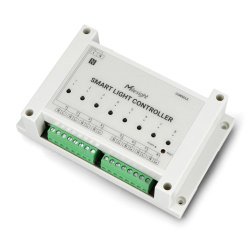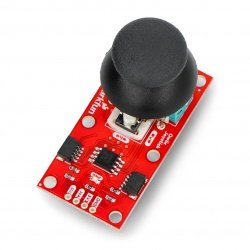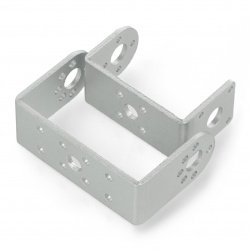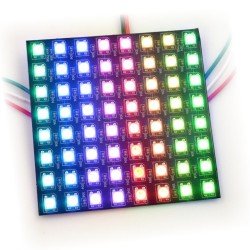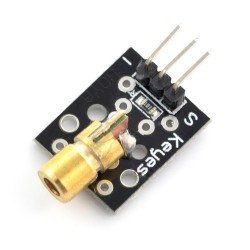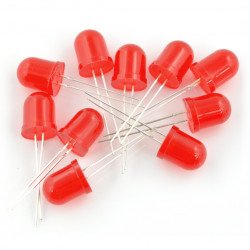Light-emitting diodes - semiconductor light source
Light-emitting diodes are a very popular electric light source, which in many applications replaces conventional thermal, halogen and fluorescent bulbs - including compact ones, available as energy-saving bulbs. This was not always the case - when introduced to the market, LEDs emitted little light and were only used as a replacement for small incandescent and fluorescent lamps, used, for example, as controls in electronic equipment. Only recently have light-emitting diodes, capable of illuminating the surroundings, become commercially available. This coincided with the introduction of white LEDs, which use special phosphors and multicolor LED structures to emit a wide spectrum of light.
The history of the LED
The first light-emitting diodes appeared on the market in 1962 - they emitted low-intensity infrared light. Over the next six years, HP developed these solutions to create the first red LED. They were characterized by low intensity, which made them suitable only for use as indicators. It was then that seven-segment LED displays, which are still popular today, were created. In the following decades, semiconductor materials and their technology were developed , which enabled the creation of increasingly intense colors in a wider range of operating wavelengths. This also allowed the creation of white LEDs, which are made of materials emitting red, green and blue colors, thanks to which our eye registers their emission as white light. Over 40 years of development, light-emitting diodes have increased their emission efficiency (in lumens per watt) by about seven orders of magnitude. Modern LEDs are available in the visible, ultraviolet and infrared wavelength range and are characterized by very high emission efficiency.
LED diodes - Principle of operation and structure of a light-emitting diode
In LEDs, light is produced by the recombination of electrons and holes in the semiconductor . This process is called electroluminescence, hence the name of these elements. The LED is a junction device. There are natural enriched areas in the PN structure, where there is an excess of electrons (N) and holes (P). Under the influence of the applied current, electrons move from the N region and recombine with the holes existing in the P region. The free electrons are in the conduction band, and the holes are in the valence band. The difference in energy levels must be dissipated to recombine electrons and holes. This energy is emitted in the form of a photon of light. The length of the emitted electromagnetic wave depends on the energy gap - the distance between the conduction band and the valence band - of a given semiconductor.
LEDs and accessories - FAQ










































































































































































































































































































































